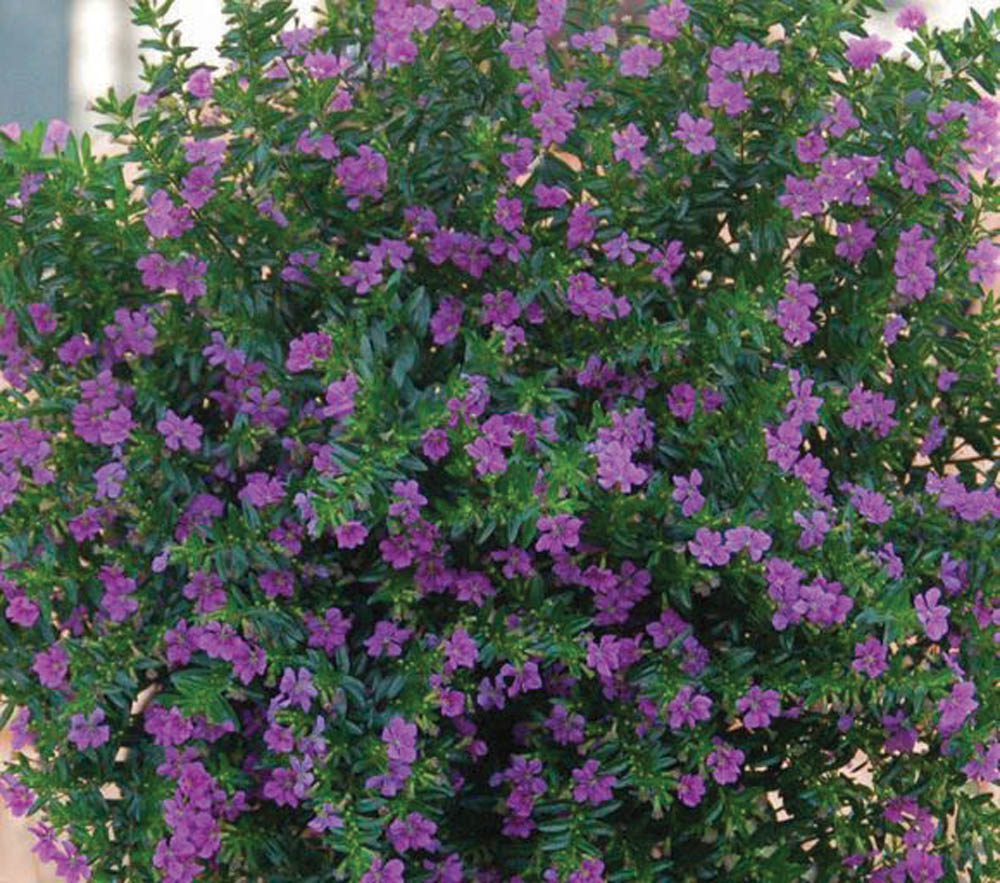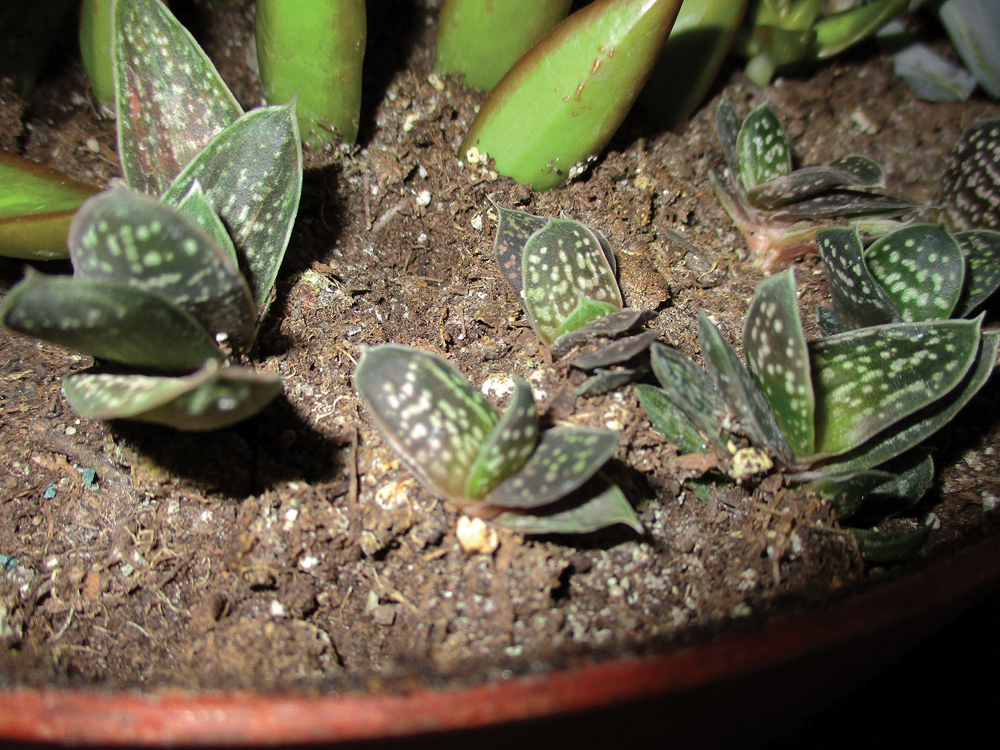By now we contemplate the days becoming longer and providing more hours of sunlight for our indoor plants — soon houseplants will begin a resurgence after a long period of semi-dormancy. Because the plants will be coming into “full growth mode” as light levels increase, now is the perfect time to do some cutting back, thinning and even some repotting if required. The original plants will recover quickly from any assault and any cuttings that are taken to create new plants will quickly root and be established.
I recently went at my half-dozen or so large pots of Chinese evergreens; they had become overgrown and many of the stems were elongated — to the point of becoming pendulous — and bare at the bottom. I also observed that there were many new shoots trying to find their way up through the mass of foliage and so I determined that if I cut the plants back somewhat, these new stems would have a better chance to grow and make the pots full and lush once more.
Read Also

Mazergroup’s Bob Mazer dies
Mazergroup’s Bob Mazer, who helped grow his family’s company into a string of farm equipment dealerships and the main dealer for New Holland machinery in Saskatchewan and Manitoba, died July 6 from cancer.
I simply cut off all the long stems, leaving about four cm of stem from which more new shoots might develop. I cleaned up the plants by removing all the dead and yellowed leaves from the base of the stems and while I was at it I collected up the top few centimetres of old soil and discarded it, replacing it with some fresh soilless mix. As I always do when potting houseplants, I sprinkled a bit of insecticidal powder on the soil surface — being careful not to get any on the leaves of the plants. I find this a preventive measure well worth taking as it discourages fungus gnat infestations.
While I was in the midst of this job, I took a clean, damp cloth and carefully wiped the leaves of the remaining stems to remove a winter’s layer of dust. It is amazing how much dust collects on the leaves of houseplants and it is a good idea to periodically wipe them — particularly those with large leaves like the Chinese evergreen. This of course improves the appearance of the plants but it also improves their health by allowing better access to light and air.
Because I had so many cut-off stems I only chose the best ones to use as cuttings. I shortened the long stems to about 30 cm, removed the lower couple of leaves, and planted eight to 10 cuttings in each of several large 10-inch pots filled with dampened soilless mix. I used a rooting hormone by dipping the bottom of each cutting into the powder and then gave it a tap to remove any excess powder.
The pots of cuttings were placed adjacent to a window but not in direct sunlight. I didn’t put them in my sunroom because the temperatures there are still quite cool and cuttings root better if temperatures are warm. The very lower leaves of the cuttings, particularly the ones which attach to the stems right at or just below soil level, will gradually yellow and wither. I never get in a rush to remove them but eventually I snip them off with a pair of sharp scissors.
By early spring I will have my original pots of Chinese evergreens which are much shorter and more attractive; they are also quite full as the new stems have grown and filled in the gaps. I also have three more pots of Chinese evergreens established and ready to be enjoyed or if I don’t want them I will donate them to a local group’s plant sale or some other worthy cause.


















